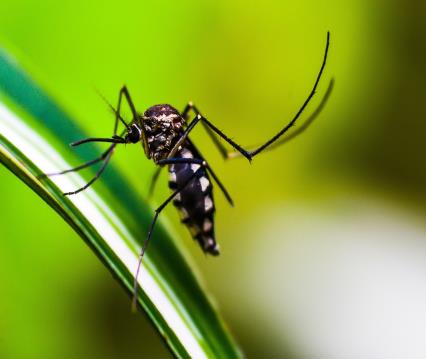
Compounds for malaria treatment
Advantages
- High activity in vitro including chloroquine- and artemisinin-resistant lines.
- New chemical family with no other antimalarial drugs described and new mechanismof action.
- Theranostic agent for malaria (it turns fluorescent when entering the parasite) promoting its use in diagnostics tools.
- Quick and easy synthesis (2 steps) from commercially available sources.
- High stability. The compounds have a long shelf life (months) at room temperature.
Intellectual Property
- ISGlobal (40 %), Institute of Bioengineering of Catalonia (40 %), and University of Barcelona (20 %) share joint ownership.
- PCT application submitted 21st October 2022.
- Excellent perspectives to be granted after EESR and ISR positive evaluation reports.
- Entering national phases in Europe, the USA, India, China, Brazil, ARIPO and Nigeria.
Reference
UBTT0434-E
Contact
ISGlobal:
Oscar Casado: innovation@isglobal.org
University of Barcelona:
Rosa Vázquez: rvazquez@fbg.ub.edu
Compounds for malaria treatment
Unmet clinical need
- Malaria is still a major global health problem. According to WHO, in 2021, it caused 619,000 deaths, mainly children under five years old and pregnant women.
- The parasite can kill within 24 hours of symptom onset if left untreated.
- The main threat to malaria elimination is the evolution by the parasite of resistance to every drug deployed against it.
- New drugs with new MoA, representing a new chemical class and good therapeutic index are urgently needed to overcome resistance issues.
Technology description
- Potent Antimalarial. Family of compounds around YAT2150 (HIT compound) possess high in vitro activity and quite a good selectivity index:
Compound |
IC50 (nM) |
CC50 (µM)* |
SI(Selectivity Index) |
YAT2150 |
90 |
3.4 |
37.8 |
PRC25 |
47 |
4.8 |
102 |
EMA377 |
59 |
57 |
956 |
*CC50: Cytotoxic Concentration
- Irresistible antimalarial drug. No resistant P. falciparum strains emerged in vitro after 60 days of cross-resistance assessment in P. falciparum lines.
- Preliminary data suggests that YAT2150 will be active against all Plasmodium species causing malaria targeting protein aggregation, which is essential for the viability of the parasite.
- YAT2150 has a low teratogenic index (TI) in the zebrafish model (1.15), significantly below that of artemisinin controls (2.04).
Current stage of development
- We are currently completing the Hit-to-Lead stage (TRL 3).
- Presently preparing in vivo experiments in a murine model of malaria and identifying proteins interacting with, or being affected by YAT2150.
- Transmission-blocking potential in mosquitoes to be assessed in the following months.
- OUR ASK: CO-DEVELOPMENT, LICENSE AGREEMENT and/or INVESTMENT.

